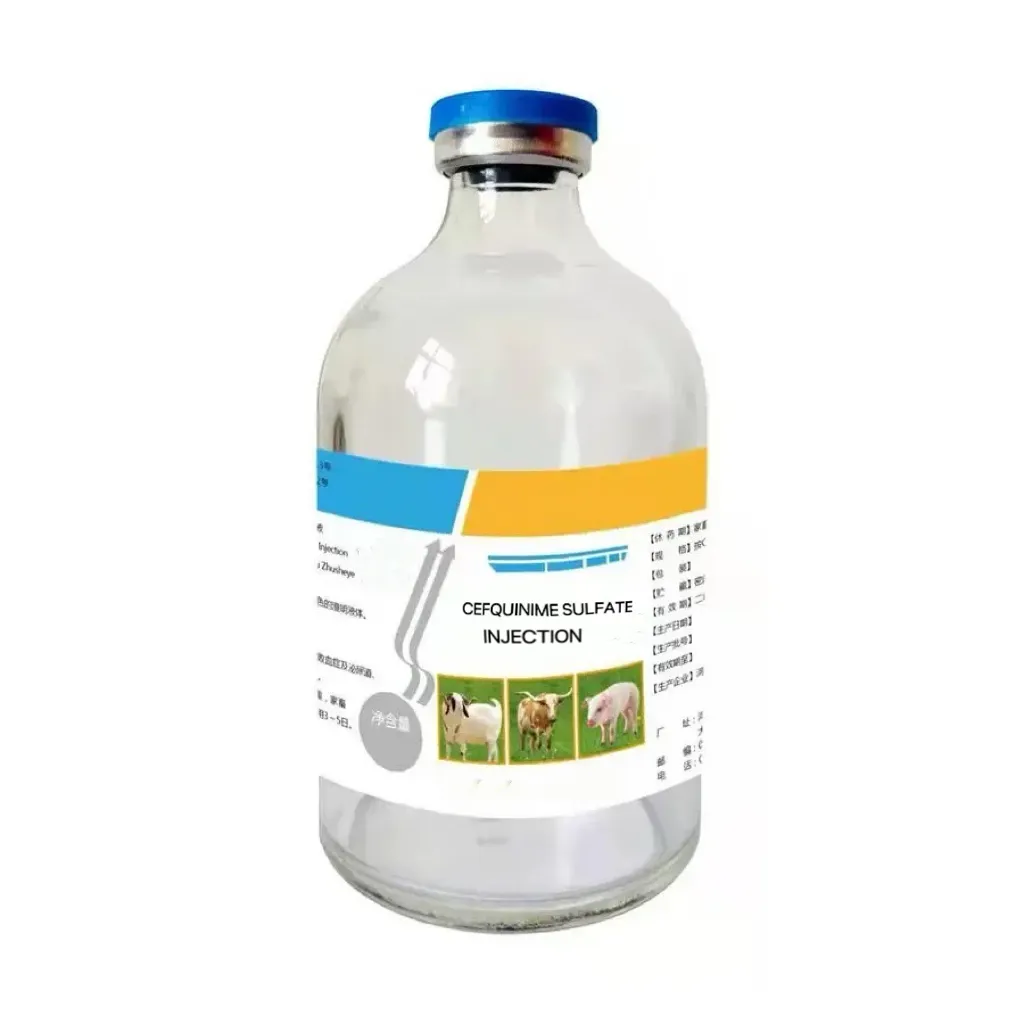- Afrikaans
- Albanian
- Amharic
- Arabic
- Armenian
- Azerbaijani
- Basque
- Belarusian
- Bengali
- Bosnian
- Bulgarian
- Catalan
- Cebuano
- Corsican
- Croatian
- Czech
- Danish
- Dutch
- English
- Esperanto
- Estonian
- Finnish
- French
- Frisian
- Galician
- Georgian
- German
- Greek
- Gujarati
- Haitian Creole
- hausa
- hawaiian
- Hebrew
- Hindi
- Miao
- Hungarian
- Icelandic
- igbo
- Indonesian
- irish
- Italian
- Japanese
- Javanese
- Kannada
- kazakh
- Khmer
- Rwandese
- Korean
- Kurdish
- Kyrgyz
- Lao
- Latin
- Latvian
- Lithuanian
- Luxembourgish
- Macedonian
- Malgashi
- Malay
- Malayalam
- Maltese
- Maori
- Marathi
- Mongolian
- Myanmar
- Nepali
- Norwegian
- Norwegian
- Occitan
- Pashto
- Persian
- Polish
- Portuguese
- Punjabi
- Romanian
- Russian
- Samoan
- Scottish Gaelic
- Serbian
- Sesotho
- Shona
- Sindhi
- Sinhala
- Slovak
- Slovenian
- Somali
- Spanish
- Sundanese
- Swahili
- Swedish
- Tagalog
- Tajik
- Tamil
- Tatar
- Telugu
- Thai
- Turkish
- Turkmen
- Ukrainian
- Urdu
- Uighur
- Uzbek
- Vietnamese
- Welsh
- Bantu
- Yiddish
- Yoruba
- Zulu
Nov . 08, 2024 00:24 Back to list
Oxytetracycline 10 Injection for Effective Treatment of Bacterial Infections in Animals
Oxytetracycline 10% Injection A Comprehensive Overview
Oxytetracycline is a broad-spectrum antibiotic that belongs to the tetracycline class of antibiotics. It is widely used in veterinary and medical settings to treat a variety of infections caused by susceptible bacteria. The 10% formulation of oxytetracycline injection is particularly significant in treating several conditions, especially in livestock and poultry, where bacterial infections can severely impact health and productivity.
Mechanism of Action
Oxytetracycline works primarily by inhibiting bacterial protein synthesis. It achieves this by binding to the 30S ribosomal subunit of bacteria, preventing the attachment of aminoacyl-tRNA to the ribosome, thus halting the process of peptide formation. This mechanism renders it effective against a broad range of Gram-positive and Gram-negative bacteria. Additionally, it has activity against some atypical pathogens, making it valuable for treating various infections.
Indications for Use
The 10% oxytetracycline injection is indicated for treating respiratory infections, urinary tract infections, skin infections, and systemic bacterial infections. In veterinary medicine, it is frequently used in cattle, swine, and poultry for conditions such as shipping fever, metritis, and various enteric infections. The effectiveness of oxytetracycline can significantly reduce morbidity and mortality rates in infected animals, thus enhancing overall herd health.
Dosage and Administration
The dosage of oxytetracycline 10% injection can vary based on the species being treated, the severity of the infection, and the specific condition being addressed. Typically, the dosage is calculated based on the animal's weight and varies between different species. For example, in cattle, a common dosage might range from 2.5 to 5 mg/kg of body weight, administered intramuscularly or intravenously. It is crucial to follow veterinary guidelines or prescriptions when administering oxytetracycline to ensure efficacy and minimize the risk of antibiotic resistance.
oxytetracycline 10 injection

Side Effects and Precautions
Like any medication, oxytetracycline can have side effects. Commonly reported side effects include gastrointestinal disturbances, such as diarrhea or nausea. In some cases, allergic reactions can occur, which may necessitate discontinuation of the drug. It is also important to be cautious about its use in pregnant animals, as tetracyclines can cross the placenta and potentially harm the developing fetus.
One significant concern with the use of oxytetracycline is the risk of developing antibiotic-resistant bacteria. The overuse or inappropriate use of antibiotics can lead to resistance, making infections more difficult to treat in the future. Therefore, it is essential to use oxytetracycline judiciously and only when necessary.
Regulatory Considerations
In many countries, the use of oxytetracycline in food-producing animals is regulated to prevent antibiotic residues in meat and dairy products. Farmers and veterinarians must adhere to withdrawal times—periods during which the drug must not be administered before the animal is slaughtered or the milk is harvested. This practice ensures that residues are below established safety levels, protecting consumer health.
Conclusion
Oxytetracycline 10% injection is a valuable tool in both human and veterinary medicine for treating bacterial infections. Its broad-spectrum efficacy makes it an essential antibiotic; however, responsible use is critical to prevent resistance and ensure the long-term effectiveness of this important drug. As with all antibiotics, careful management and adherence to regulations can help preserve the efficacy of oxytetracycline while safeguarding the health of both animals and humans.
-
Guide to Oxytetracycline Injection
NewsMar.27,2025
-
Guide to Colistin Sulphate
NewsMar.27,2025
-
Gentamicin Sulfate: Uses, Price, And Key Information
NewsMar.27,2025
-
Enrofloxacin Injection: Uses, Price, And Supplier Information
NewsMar.27,2025
-
Dexamethasone Sodium Phosphate Injection: Uses, Price, And Key Information
NewsMar.27,2025
-
Albendazole Tablet: Uses, Dosage, Cost, And Key Information
NewsMar.27,2025













